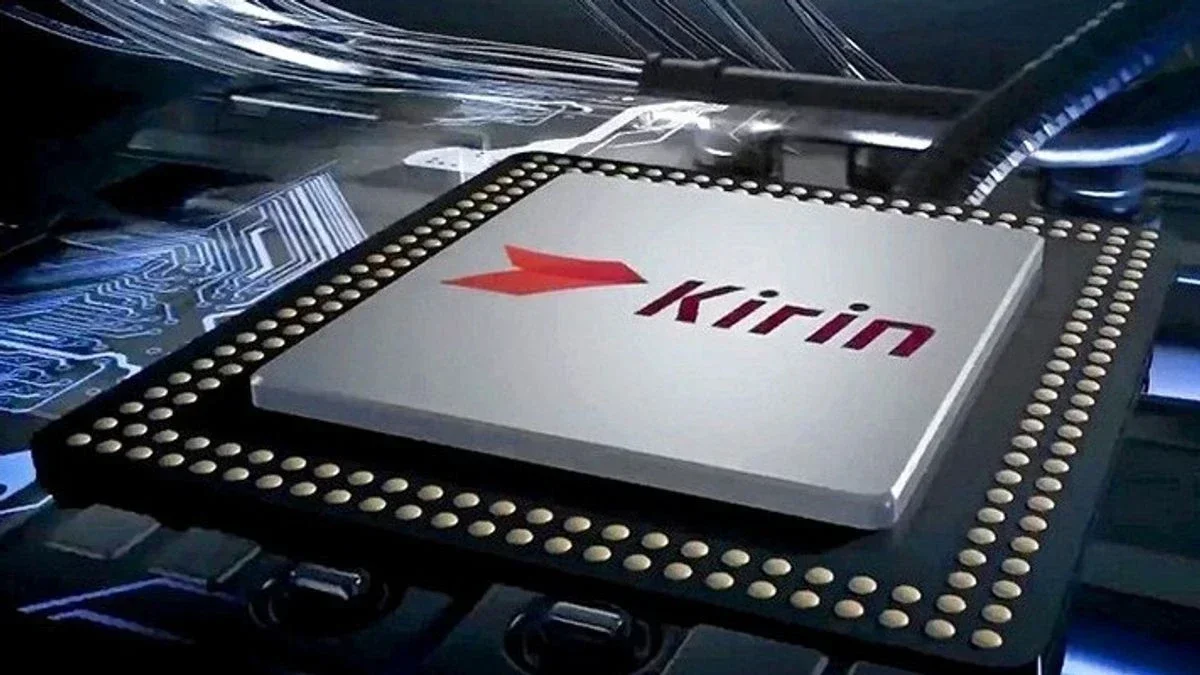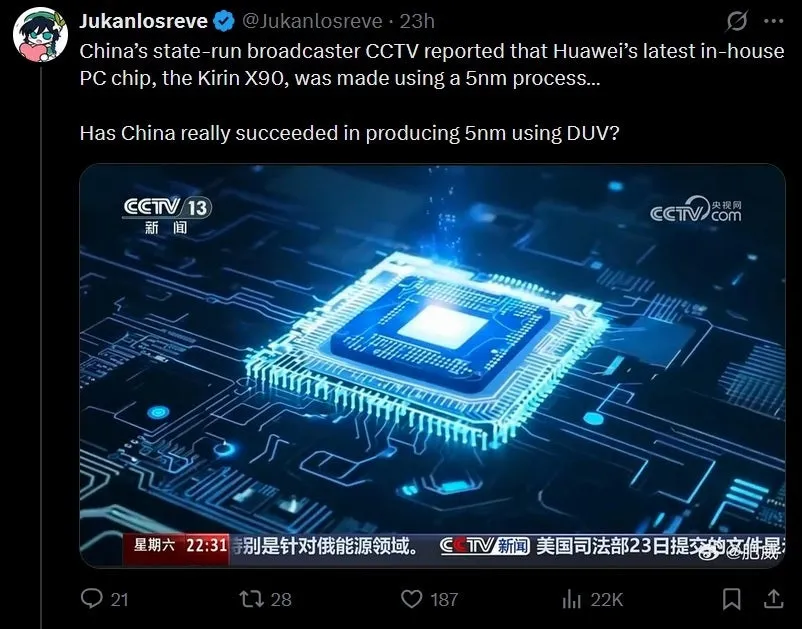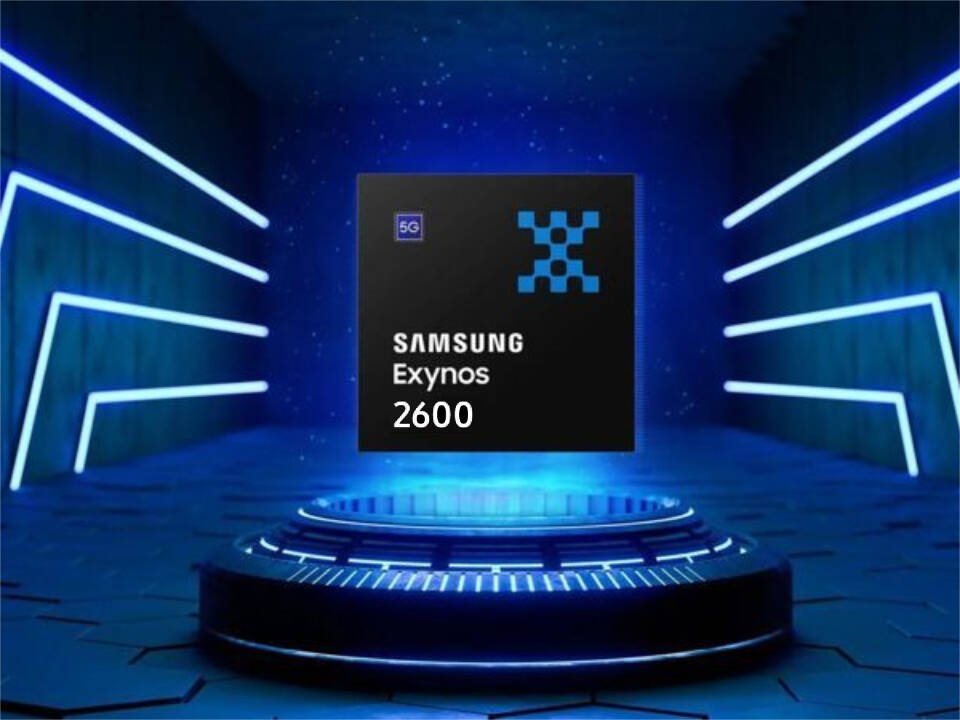Huawei used a 5nm chip from SMIC built on old DUV hardware

Huawei seems to have surprised the market again: the new HarmonyOS-based MateBook Pro laptops use the Kirin X90 processor, which, according to Chinese media, is manufactured on a 5nm SMIC process. The information is shocking, because SMIC officially does not have access to state-of-the-art EUV lithography machines due to US and Dutch sanctions, which means that creating 5nm chips was considered impossible.
SMIC and 5nm without EUV: how is this even possible?”
SMIC is the largest contract chip manufacturer in China and the third largest in the world in terms of output. Because of the ban on the supply of advanced lithography systems, including EUV machines from ASML, it was thought that SMIC was limited to producing 7nm chips. However, Chinese sources, including the state-run CCTV television channel, claim that the Kirin X90 processor was produced using the N+3 process, which is equivalent to 5nm.
And the Kirin X90 processor was produced using the N+3 process, which is equivalent to 5nm.
How is this possible without EUV? According to leaks, SMIC is using old DUV (Deep Ultraviolet Lithography) machines purchased before the sanctions were imposed. These machines operate at a wavelength of 193nm, which is theoretically insufficient to create 5nm chips. However, SMIC engineers have found a way to deposit circuits on silicon using multiple exposures, compensating for the “blurring” when working at such small scales.
Kirin X90: transistor density and structure
Insider @Jukanlosreve reports that the Kirin X90 processor is actually a modified Kirin 9010 with a new layout of cores. Meanwhile, another insider, @zephyr_z9, claims that the Kirin X90 has a transistor density of 125 million transistors per mm². That’s lower than TSMC’s 5nm process (about 138 million transistors per mm²), but close to Samsung’s 5nm process.
The Kirin X90’s transistor density is lower than TSMC’s 5nm process (about 138 million transistors per mm²), but close to Samsung’s 5nm process.

Production problems: 20% yield of year-old wafers
It’s not all smooth sailing: according to analysts, SMIC manages to produce only about 3,000 wafers per month with a very low yield of only 20%. By comparison, mass production usually starts at 70% or higher. This means it’s too early to talk about large-scale delivery of 5nm chips, but the very fact that they are being produced on DUV equipment raises serious concerns.
Implications for the U.S. and global industry
Even at low yields, SMIC’s ability to produce 5nm chips on older DUV machines is a worrying sign for the US. US authorities have previously expressed concern that Huawei could build advanced processors for military and artificial intelligence needs despite sanctions. If SMIC manages to stabilize production, it could enable China to ramp up production of advanced chips, circumventing Western restrictions.
The first detailed reviews of the Kirin X90 processor are expected in the coming days. They should clarify whether the new chip is truly 5nm-compliant and where it really stands against competitors in the global market.
The Huawei used a 5nm chip from SMIC built on old DUV hardware was first published on ITZine.ru.








